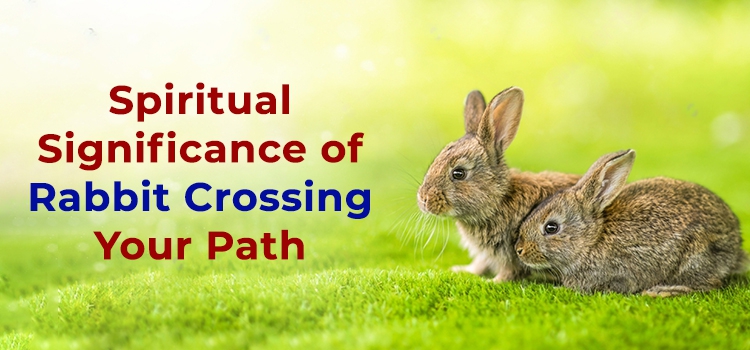Table of Contents
- In the crisp days of late October and early November, a mystical and profound celebration unfolds, marking a pivotal point in the Pagan calendar. This celebration is none other than Samhain, a festival that holds deep spiritual significance for many. At the heart of Samhain lies a beautiful and time-honored tradition
- The Essence of Samhain
- The Connection to Ancestors
- Ancestor Altars
- Offerings and Gratitude
- Divination and Communication
- Storytelling and Legacy
In the crisp days of late October and early November, a mystical and profound celebration unfolds, marking a pivotal point in the Pagan calendar. This celebration is none other than Samhain, a festival that holds deep spiritual significance for many. At the heart of Samhain lies a beautiful and time-honored tradition
the veneration of our ancestors.
The veneration of our ancestors holds a special place in cultures and traditions worldwide. It encompasses a profound reverence for those who came before us, acknowledging their wisdom, experiences and the enduring legacy they have left behind. This practice goes beyond mere remembrance; it is a deeply rooted belief that our ancestors continue to influence our lives in various ways. Here are some aspects to consider when exploring the veneration of ancestors:
Honoring Heritage: Ancestor veneration allows us to maintain a strong connection to our cultural and familial heritage. By paying homage to our ancestors, we preserve and celebrate the traditions, values and customs that have been passed down through generations.
Guidance and Wisdom: Many believe that our ancestors serve as spiritual guides, offering us valuable wisdom and insights. Their life experiences and knowledge can inspire us to make informed decisions, navigate challenges and find purpose in our own journeys.
Cultural Significance: In many cultures, ancestor veneration plays a pivotal role in religious and spiritual practices. Ancestral spirits are considered protectors and intermediaries between the living and the divine, facilitating communication and blessings from the spiritual realm.
Family Bonds: Ancestor veneration reinforces the bonds within families. It fosters a sense of continuity and unity, reminding us that we are part of an ongoing narrative that transcends time. Family rituals and gatherings centered around ancestors can strengthen these connections.
Healing and Closure: For some individuals, paying respects to their ancestors can be a therapeutic and healing process. It provides an opportunity to address unresolved family issues, seek forgiveness and find closure in ancestral connections.
Ceremonial Practices: Ancestor veneration often involves a variety of ceremonial practices, such as offerings, prayers and rituals. These acts of reverence can vary widely across cultures, but they typically serve to honor and connect with the departed.
Celebrating Life Cycles: The veneration of ancestors is often intertwined with life cycle events, such as births, weddings and funerals. These moments are seen as opportunities to invoke the presence and blessings of ancestors during pivotal life transitions.
Maintaining Traditions: By keeping the tradition of ancestor veneration alive, we ensure that the values and customs of our ancestors remain relevant and respected in contemporary society. This preserves cultural heritage for future generations.
Global Diversity: Ancestor veneration practices vary greatly from one culture to another. From the Chinese Qingming Festival to Mexico’s Dia de los Muertos and African ancestral worship traditions, the veneration of ancestors reflects the rich diversity of human beliefs and customs.
Reflection and Gratitude: Beyond religious or spiritual significance, ancestor veneration invites us to reflect on the sacrifices and contributions of those who paved the way for our existence. It instills a sense of gratitude for the opportunities and privileges we enjoy today.
In summary, the veneration of our ancestors is a multifaceted and deeply meaningful practice that spans diverse cultures and belief systems. It serves as a bridge between the past and the present, allowing us to draw strength, guidance and inspiration from those who came before us. Whether through rituals, prayers or acts of remembrance, ancestor veneration enriches our lives and fosters a profound sense of connection to our roots and the ongoing tapestry of human history.
For a comprehensive look at this subject, we invite you to read more on this dedicated page: Funeral Festivals in America: Rituals for the Living
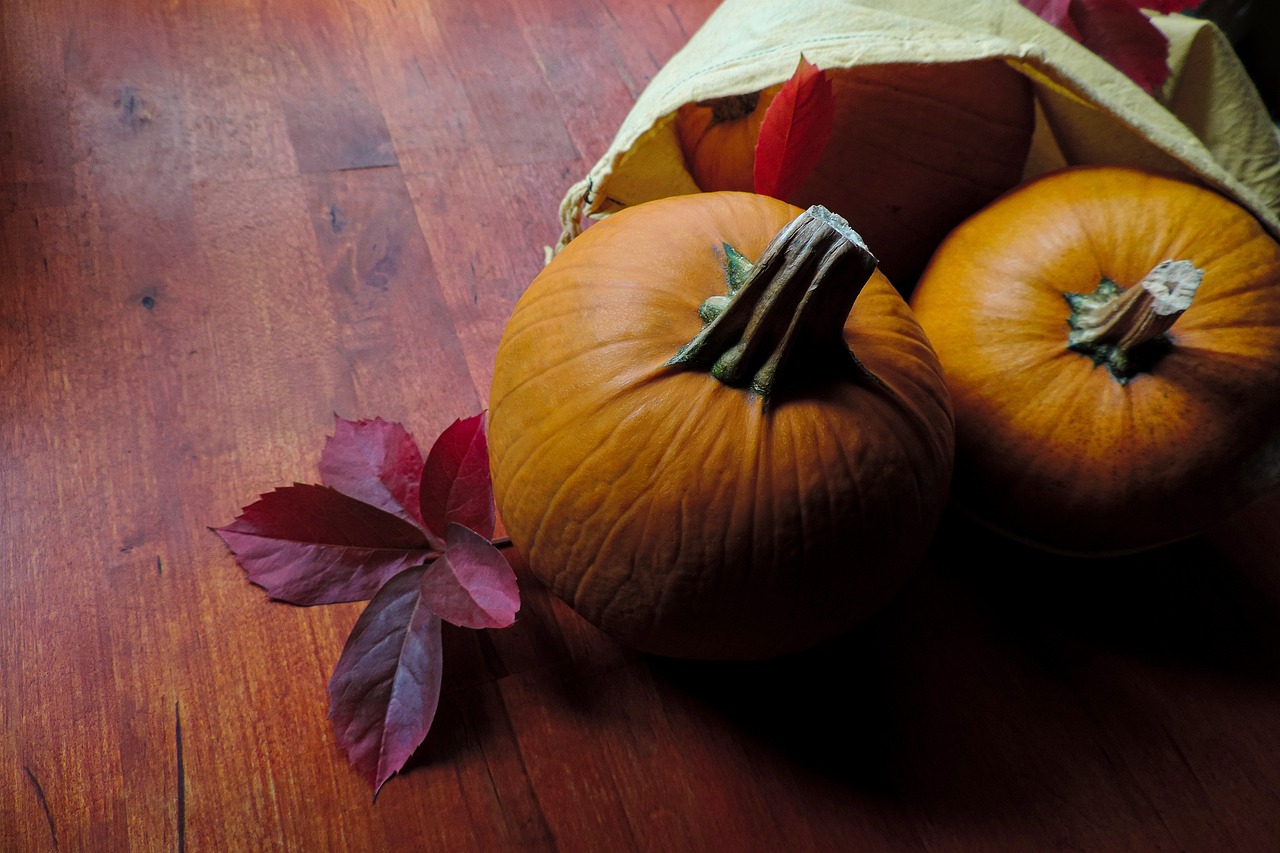
The Essence of Samhain
Samhain, pronounced “sow-in,” is a sacred festival celebrated by Pagans and Wiccans around the world. It marks the transition from the warmth and abundance of summer to the darkness and introspection of winter. Occurring from sunset on October 31st to sunset on November 1st, Samhain is often referred to as the Pagan New Year, a time when the Wheel of the Year completes its cycle.
At its core, Samhain is a time when the veil between the physical world and the spirit world is believed to be at its thinnest. This unique cosmic alignment allows for easier communication with those who have passed on, particularly our ancestors.
Samhain, pronounced “sow-in,” is a profoundly sacred festival cherished by Pagans and Wiccans worldwide. This ancient celebration holds a special place in the hearts of those who observe it, serving as a poignant bridge between the warmth and abundance of summer and the introspective embrace of winter. Taking place from the evening of October 31st to the evening of November 1st, Samhain is often hailed as the Pagan New Year, a moment when the Wheel of the Year completes its magnificent cycle.
At the heart of Samhain lies the belief that the veil separating the physical realm from the spirit world is at its thinnest during this celestial alignment. This cosmic phenomenon opens a unique channel for communication with those who have traversed beyond the mortal plane, particularly our ancestors.
1. Honoring Ancestry:
Samhain is a time when we pay homage to our ancestors, those who came before us and whose legacy courses through our veins. It is a moment to remember and celebrate their lives, wisdom and contributions. By setting up ancestral altars, lighting candles and offering food and drink, we express our gratitude and ensure that their spirits are welcomed and remembered with love and reverence.
2. Reflection and Transformation:
As the natural world transforms, shedding its vibrant hues and embracing the stillness of winter, so too do we embark on a journey of reflection and transformation. Samhain invites us to delve deep into our inner selves, to confront our fears and shadows and to emerge stronger and wiser, just as the Earth prepares for its rebirth in the spring.
3. Divination and Insight:
The thinning of the veil during Samhain makes it an auspicious time for divination and seeking insights into the future. Tarot readings, scrying and other forms of divination are often practiced to gain guidance and clarity for the coming year.
4. Communion with Nature:
Samhain is a celebration deeply rooted in the natural world. It invites us to immerse ourselves in the beauty of autumn, to revel in the changing colors of the leaves and to honor the rhythms of the Earth. Many choose to take part in outdoor rituals, connecting with the land and its cycles.
5. Embracing the Dark and Light:
This festival is a poignant reminder that darkness and light are intertwined in the tapestry of existence. It is a time to accept and honor the darker aspects of life, knowing that they are an essential part of the whole. It’s also a time to celebrate the light within ourselves and to kindle hope for the future.
In conclusion, Samhain is not merely a holiday; it is a profound spiritual and cultural event that beckons us to honor our past, embrace our present and prepare for the mysteries of the future. It teaches us that life and death are part of an eternal cycle and that by connecting with our ancestors and the spirit world, we can find guidance, healing and a deeper understanding of ourselves. Samhain invites us to be mindful of the interconnectedness of all things, fostering a sense of unity, reverence and wonder that extends far beyond the boundaries of a single night.
Don’t stop here; you can continue your exploration by following this link for more details: Unlocking the Otherworld: 12+ Samhain Symbols and Their …

The Connection to Ancestors
One of the most cherished and revered aspects of Samhain is the opportunity it provides to honor and connect with our ancestors. For many, our ancestors are more than just names in a family tree; they are the keepers of our collective history, wisdom and traditions. Samhain rituals and practices offer a means to acknowledge, remember and celebrate the enduring presence of our forebears.
Samhain’s profound significance lies not only in marking the changing of seasons but also in the profound connection it fosters with our ancestors, an aspect cherished and revered by many who celebrate this ancient festival. Beyond its associations with the harvest and the thinning of the veil between realms, Samhain provides a poignant opportunity to honor and connect with those who came before us.
Ancestral Legacy: Our ancestors are more than just names on a family tree; they are the custodians of our shared heritage, the carriers of age-old wisdom and the bearers of traditions that have shaped our lives. Samhain, with its deep-rooted spiritual and cultural significance, offers a sacred space to acknowledge and pay homage to the enduring presence of our forebears.
Honoring the Past: Samhain rituals often involve setting aside time for ancestral veneration. This can take many forms, from lighting candles in memory of loved ones to creating ancestral altars adorned with photographs, mementos and offerings. These acts of remembrance not only honor the lives and contributions of our ancestors but also allow their memory to thrive in our hearts and homes.
Guidance and Wisdom: Many believe that during Samhain, the veil between the worlds is at its thinnest, making it an opportune time to seek guidance and wisdom from the ancestral realm. It’s a time to reflect on the lessons passed down through generations and to draw strength and inspiration from the resilience and wisdom of those who walked before us.
Passing Down Traditions: Samhain serves as a reminder that traditions, stories and rituals are living legacies. By participating in Samhain practices and sharing them with younger generations, we ensure that the rich tapestry of our ancestral heritage continues to flourish. This passing down of traditions fosters a sense of continuity and connection with our roots.
Celebrating Ancestral Stories: Samhain gatherings often involve the sharing of ancestral stories and narratives. These tales not only breathe life into the past but also deepen our understanding of the trials, triumphs and enduring love that have shaped our family histories. In recounting these stories, we celebrate the resilience of the human spirit and the enduring bonds of family.
Healing and Closure: For some, Samhain provides an opportunity for healing and closure. It’s a time to remember loved ones who have passed away and to express emotions that may have been left unsaid. This act of acknowledgment and release can be profoundly cathartic and contribute to emotional healing.
Connecting Generations: Samhain rituals often bring generations together in a spirit of unity and reverence. This intergenerational connection strengthens family bonds and reinforces the idea that we are part of an ongoing lineage, each generation building upon the legacy of the one before.
In essence, Samhain is a time to weave the threads of the past, present and future into a tapestry of remembrance and celebration. It reminds us that we are the living embodiments of our ancestors’ hopes, dreams and enduring love. As we honor and connect with our forebears during Samhain, we not only enrich our own lives but also contribute to the timeless tapestry of human history, where the spirits of the past walk hand in hand with the living.
Should you desire more in-depth information, it’s available for your perusal on this page: Samhain – Traditions, Halloween, Wicca | HISTORY
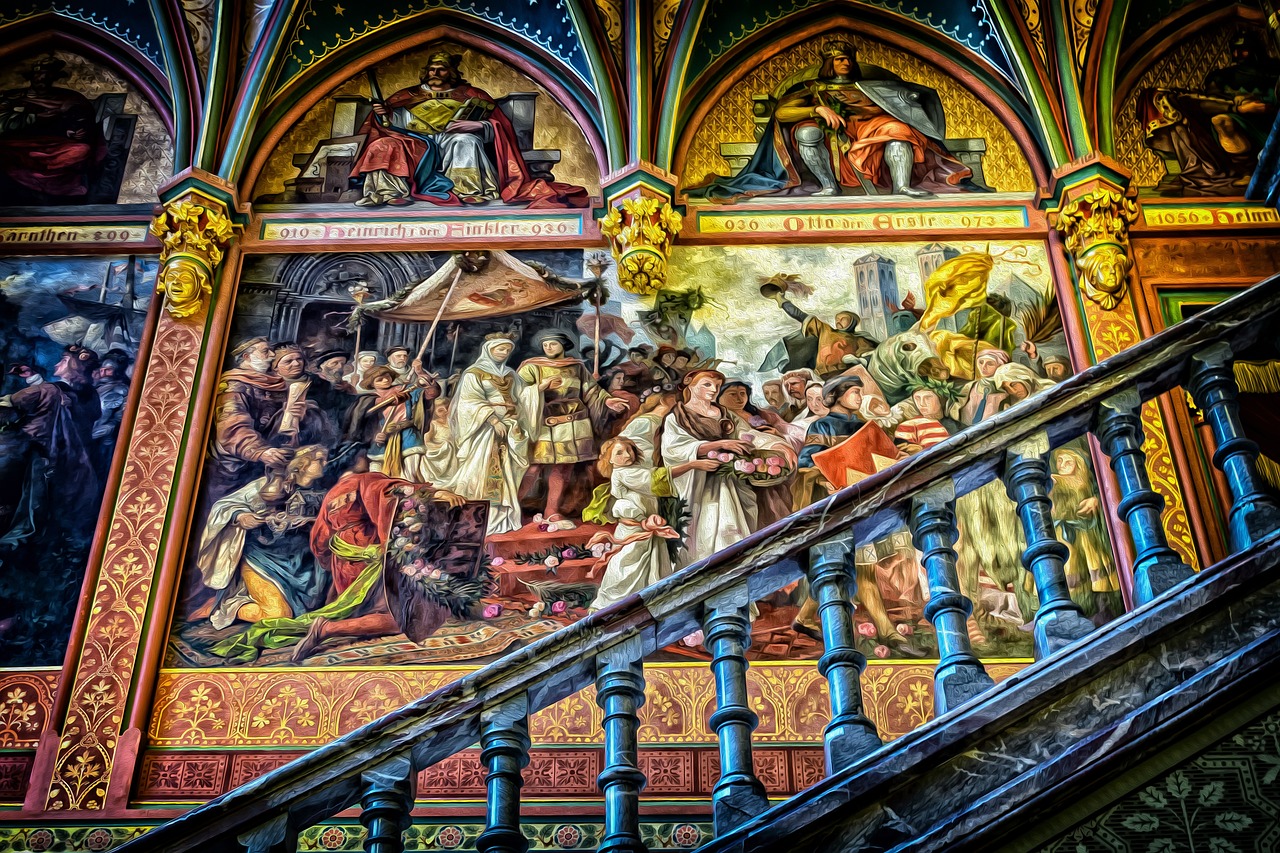
Ancestor Altars
A common and cherished tradition during Samhain involves the creation of ancestor altars. These altars serve as a tangible focal point for honoring the spirits of our ancestors. They are adorned with photographs, mementos and offerings—symbols of our deep respect and appreciation for those who came before us. These altars are a place to commune with our ancestors, share stories and seek guidance.
A common and cherished tradition during Samhain involves the creation of ancestor altars. These altars are not just physical displays; they are powerful and deeply meaningful tools for connecting with our heritage and the spirits of our forebears. Here are some insights into the significance and practices surrounding ancestor altars:
A Connection to Our Roots: Ancestor altars are a profound way to maintain a connection with our cultural, familial and spiritual roots. They provide a tangible link to our past and help us remember the traditions, values and wisdom of our ancestors.
Honoring the Departed: The items placed on these altars, such as photographs, personal belongings and favorite foods or drinks of the deceased, serve as offerings and symbols of respect. They show that we remember and honor our ancestors’ lives and contributions to our family and heritage.
Guidance and Wisdom: Ancestor altars are not just about remembrance; they also serve as a means of seeking guidance and wisdom from those who have gone before us. Many people believe that their ancestors can offer insights, protection and blessings in times of need.
Storytelling and Sharing: Creating an ancestor altar often leads to storytelling sessions within families. It’s a time to share anecdotes, legends and family histories. This oral tradition helps pass down knowledge and keeps the memories of loved ones alive for future generations.
Personal Reflection: Spending time at an ancestor altar can be a deeply reflective experience. It’s an opportunity to contemplate the legacy we want to leave for our own descendants and to consider how the choices we make today will impact future generations.
Cultural Diversity: Ancestor altars are not limited to a specific culture or belief system. Various cultures around the world have their own traditions of ancestor veneration. The specific practices and rituals may differ, but the core idea of paying respect to those who came before us is a universal concept.
Ceremonial Practices: Some people incorporate rituals and ceremonies into their interactions with ancestor altars. These may include lighting candles, burning incense, offering prayers or conducting meditations. These practices can enhance the sense of connection and reverence.
Seasonal Observance: While ancestor altars can be visited and maintained year-round, they often play a central role during Samhain due to its focus on the thinning of the veil between the living and the deceased. This time is seen as particularly conducive to connecting with ancestors.
Modern Adaptations: In today’s world, many people have relatives from diverse cultural backgrounds. Ancestor altars can be adapted to include elements from various heritages, celebrating the rich tapestry of our ancestry.
Healing and Closure: For some, tending to an ancestor altar can be a therapeutic and healing practice. It can provide a sense of closure and comfort, helping individuals process grief and remember their loved ones in a positive way.
In essence, ancestor altars are a beautiful expression of our connection to the past and our hopes for the future. They are a bridge between generations, a place of reverence and a testament to the enduring power of love and remembrance. Whether you’re practicing Samhain or simply seeking to honor your heritage, these altars offer a profound and timeless way to connect with those who came before us.
To expand your knowledge on this subject, make sure to read on at this location: Pagan Celebrations for the Ancestors: Beyond Samhain | by …
Offerings and Gratitude
Offerings are another vital aspect of Samhain rituals. These can include food, drink, candles, incense or other items that were significant to our ancestors. The act of making offerings is a gesture of gratitude for the guidance and protection that our ancestors are believed to provide from the spirit world. It’s a way of saying, “We remember you and we are thankful for your presence in our lives.”
Offerings hold a profound and timeless significance within the fabric of Samhain rituals. It’s an age-old tradition, a sacred connection to our roots and the spirits that walked before us. The items we offer—food, drink, candles and incense—are more than physical tokens; they symbolize the essence of sustenance and light, essentials for both the living and the departed.
In this timeless act of giving, we extend our appreciation to our ancestors, recognizing the wisdom they imparted and the protection they continue to offer from the ethereal realms. The gesture speaks of our enduring bond, an acknowledgment that their presence endures in our hearts and our collective consciousness.
Food, often shared in communal feasts, is a symbol of nourishment, sustaining life on both sides of the veil. It embodies the continuation of life, bridging the realms with a shared meal. Candles and incense, with their flickering flames and fragrant aromas, are gateways to spiritual realms, inviting our ancestors to draw near, acknowledging their eternal presence.
The act of giving offerings during Samhain transcends the material; it’s a spiritual expression of gratitude. It echoes the sentiment, “We remember you and we are thankful for your presence in our lives.” It’s a way to honor their journey, to express our reverence for the path they paved and to affirm our commitment to keeping their legacy alive.
As we gather around the altar, laden with offerings, we feel a deep sense of connection—a thread that weaves through time and generations, binding us to those who came before. In this act, we rekindle the flame of our ancestry, allowing it to burn brightly within us, illuminating our present and guiding our future.
Looking for more insights? You’ll find them right here in our extended coverage: Samhain – Traditions, Halloween, Wicca | HISTORY
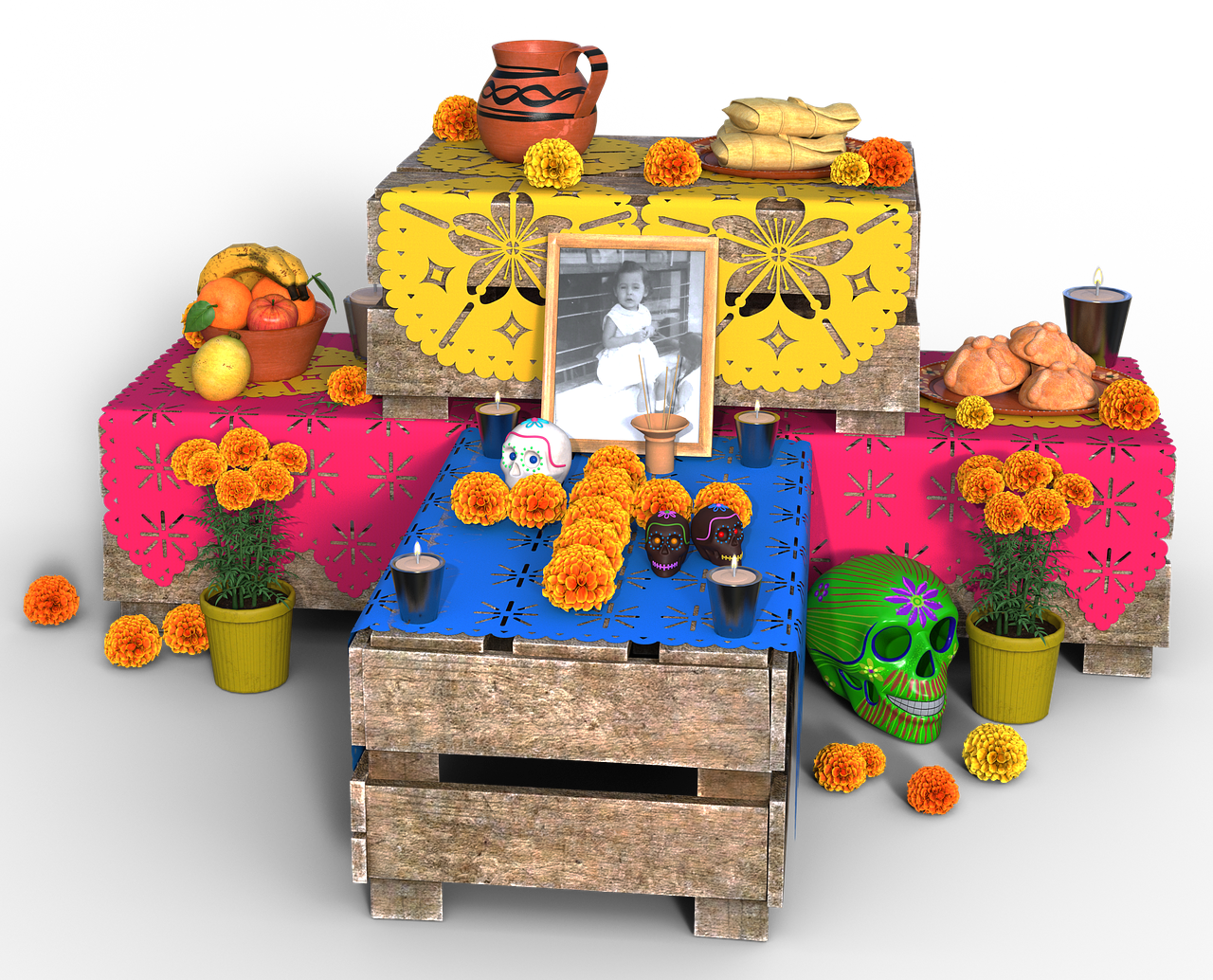
Divination and Communication
Samhain is regarded as a particularly potent time for divination and communication with the spirit world. Activities like tarot readings, scrying, meditation and dreamwork are often practiced during this season. These divination methods are seen as gateways to receiving messages, wisdom and guidance from our ancestors, who are believed to be more accessible during Samhain.
Expanding on the significance of Samhain as a time for divination and connecting with the spirit world:
Ancestral Reverence: Samhain holds deep reverence for our ancestors and it is believed that during this time, the veil between the living and the deceased is at its thinnest. Divination practices serve as a way to honor and seek wisdom from those who have passed away, as well as to maintain a strong connection with our ancestral lineage.
Tarot Readings: Tarot readings are a popular divination method during Samhain. The symbolism of the tarot cards is thought to resonate strongly with the energies of this season, making it an ideal time to seek insights into life’s mysteries, the past and the future. Tarot readings can help individuals navigate challenges and make informed decisions.
Scrying: Scrying, which involves gazing into reflective surfaces like mirrors, water or crystal balls, is a technique used to access deeper insights and visions. During Samhain, scrying is believed to be particularly potent in revealing messages from the spirit world. Practitioners may receive symbolic images or visions that provide guidance and clarity.
Meditation and Journeying: Meditation and shamanic journeying are practices that allow individuals to enter altered states of consciousness. During Samhain, these techniques are employed to connect with the spirit realm and receive guidance from spiritual guides, ancestors or otherworldly entities. The quiet and introspective nature of autumn complements these practices.
Dreamwork: Samhain’s association with the dream world makes it an ideal time for dreamwork. Some believe that dreams during this season may carry significant messages from the spirit world. Keeping a dream journal and practicing lucid dreaming can help individuals explore and interpret these dream messages.
Offerings and Rituals: Divination is often integrated into Samhain rituals and ceremonies. Offerings of food, drink or symbolic items are made to honor and welcome ancestral spirits. Divination tools may be placed on the altar as a means of facilitating communication with the other side.
Seeking Guidance: People turn to divination during Samhain to seek guidance on various aspects of their lives, such as relationships, career choices and personal growth. The belief is that the spirits and ancestors possess valuable insights and can help individuals make informed decisions.
Preparing for the Winter Months: As Samhain marks the transition from autumn to winter, divination can offer insights into the challenges and opportunities that lie ahead during the colder months. This foresight can assist individuals in making preparations and setting intentions for the season.
Community and Sharing: Samhain is often celebrated in communities and divination practices are shared and respected among participants. Sharing divination experiences and insights with others can deepen the sense of unity and spiritual connection during this sacred time.
In conclusion, Samhain’s association with divination and spirit communication adds a profound and mystical dimension to this ancient festival. It provides an opportunity for introspection, connection with ancestors and seeking guidance for the coming year. These divination practices serve as a way to honor the spiritual significance of Samhain and deepen one’s understanding of the mysteries of life and death.
Explore this link for a more extensive examination of the topic: Pagan Celebrations for the Ancestors: Beyond Samhain | by …
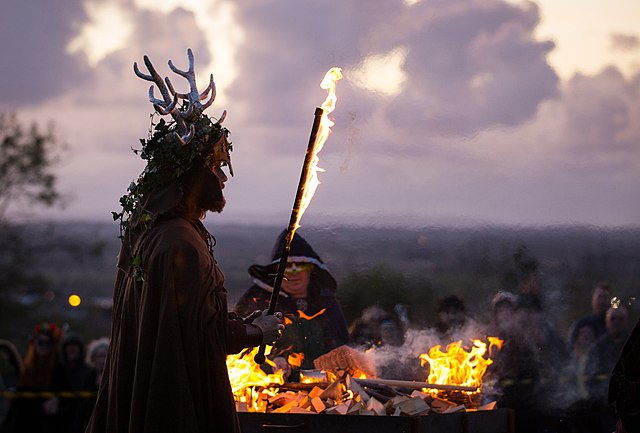
Storytelling and Legacy
Storytelling plays a pivotal role in Samhain celebrations. It’s a time to share family stories, anecdotes and the history of our ancestors with younger generations. Through these narratives, we keep the memory of our ancestors alive, passing down their wisdom and the essence of who they were. In this way, the spiritual significance of Samhain extends beyond the ritualistic and into the realm of family and community bonds.
Certainly, let’s delve deeper into the profound role of storytelling in Samhain celebrations and how it weaves a rich tapestry of connection, wisdom and community:
Preserving Ancestral Wisdom: Storytelling during Samhain serves as a conduit for preserving the wisdom and experiences of our ancestors. Through tales of their struggles, triumphs and life lessons, we gain insights into the challenges they faced and the values they held dear. This ancestral wisdom becomes a guiding light, offering us a compass for navigating our own lives.
A Timeless Tradition: Storytelling is a timeless tradition that transcends generations. When elders share their personal stories and those passed down through the family, they create a bridge between the past and the present. Younger generations not only gain a deeper understanding of their heritage but also feel a sense of continuity and belonging within the family lineage.
Fostering Connection: Samhain storytelling fosters a profound sense of connection within families and communities. As people gather around the hearth or in sacred circles to listen to stories, they become part of a shared narrative that binds them together. This shared experience strengthens bonds, instills a sense of unity and reinforces the importance of community.
Honoring Ancestors: Storytelling is a heartfelt way to honor and remember our ancestors. By recounting their life stories, achievements and the challenges they overcame, we pay homage to their legacy. It’s a way of acknowledging their enduring presence in our lives and expressing gratitude for the foundations they laid for us.
Passing Down Traditions: Samhain stories often encompass the traditions, rituals and customs that have been practiced for generations. Through storytelling, these traditions are not only explained but also experienced by younger generations. This hands-on learning ensures that the customs and practices of Samhain continue to thrive and evolve.
Embracing the Cycles of Life and Death: Samhain is a time when the veil between the living and the spirit world is believed to be thin. Storytelling allows us to explore the themes of life, death and rebirth. It offers a safe and sacred space to discuss our beliefs and feelings about mortality, providing solace and understanding in the face of loss.
Inspiring Reflection: Samhain storytelling encourages deep reflection on our own journeys and the paths we wish to follow. As we listen to the tales of those who came before us, we are inspired to contemplate our own aspirations, values and the legacy we hope to leave for future generations.
Cultural Preservation: Storytelling within Samhain celebrations also plays a role in preserving cultural heritage. It ensures that cultural stories, myths and folklore are passed down intact, helping to safeguard cultural identities and traditions.
In essence, storytelling at Samhain is a sacred and transformative practice. It weaves a tapestry of connection, knowledge and reverence for our ancestors, fostering a deep sense of belonging and continuity within our families and communities. Through these narratives, the spiritual significance of Samhain extends beyond the mystical and becomes a living legacy, a testament to the enduring power of shared stories and the love of those who came before us.
For a comprehensive look at this subject, we invite you to read more on this dedicated page: Your Body is an Ancestor – Braided Way Magazine
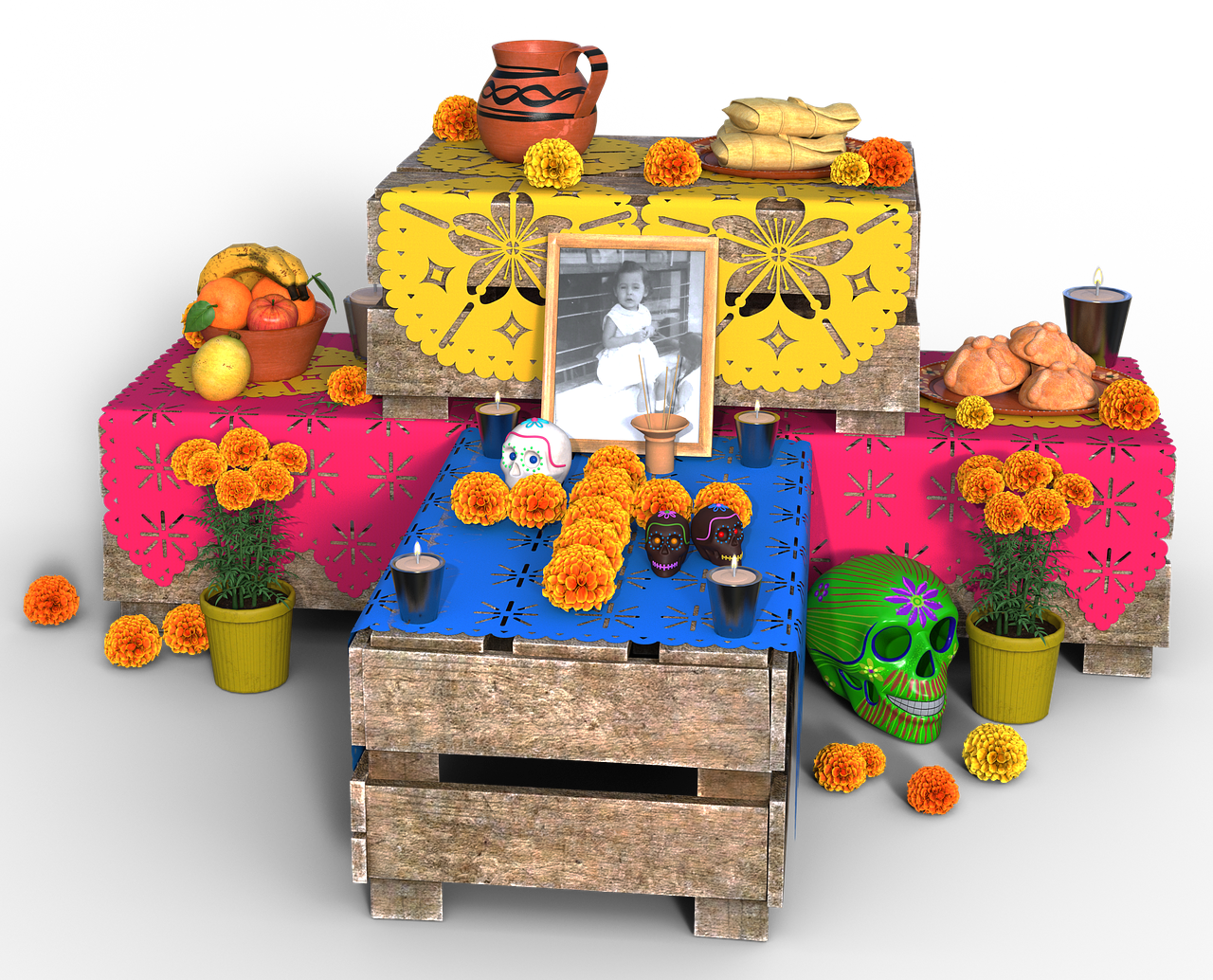
As Samhain approaches, we are reminded of the profound spiritual significance that this festival holds in the hearts of many. Honoring our ancestors during Samhain is not merely a ritual; it’s a profound and enduring connection to our roots, a testament to the enduring presence of those who came before us.
In the flickering candlelight of our ancestor altars, in the stories shared around a communal fire and in the act of making offerings, we rekindle our bond with our ancestors. Samhain rituals offer us an opportunity to express our gratitude, seek their wisdom and keep their memory alive. Through these practices, we weave a tapestry of connection that transcends time and space, ensuring that the legacy of our ancestors remains an integral part of our spiritual journey.
You can also read more about this here: How to Celebrate Samhain with Pagan Rituals & Traditions | Gaia
More links
To expand your knowledge on this subject, make sure to read on at this location: Samhain Ritual: Honoring Your Ancestral Self
